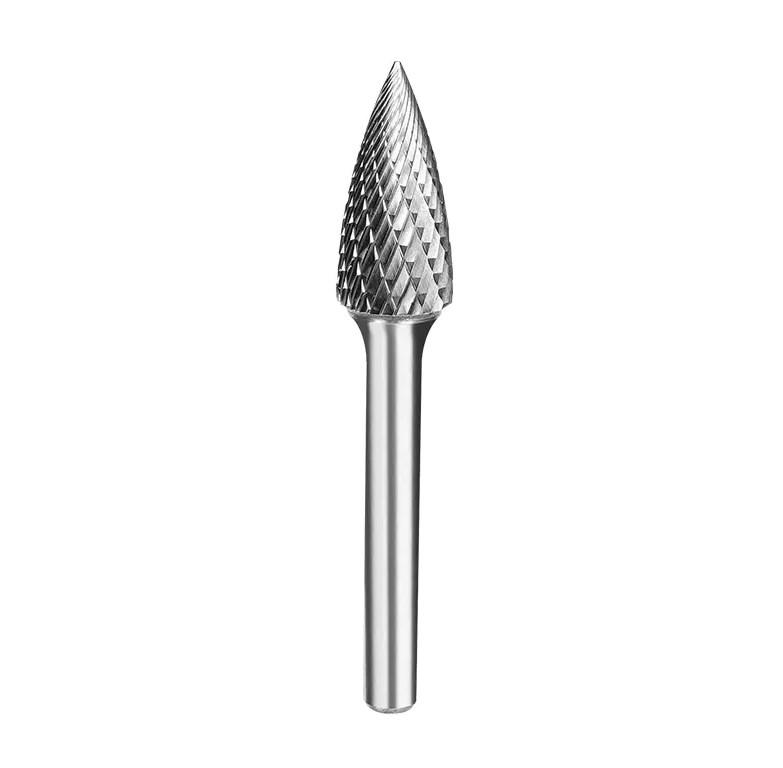In the realm of precision tool usage, Carbide Rotary Burs stand out for their versatility and robustness. These high-speed cutting tools are widely employed across industries such as dentistry, jewelry making, and metalworking. However, the key to achieving the best results with Carbide Rotary Burs lies in the meticulous control of their rotation speed. Understanding how to manage the speed of these burs is essential for maintaining precision, ensuring safety, and preventing tool damage.
The rotation speed of Carbide Rotary Burs is a critical factor that influences the quality of the work done. Too slow, and the tool may not cut effectively, leading to increased effort and time consumption. Too fast, and there's a risk of the bur overheating, causing it to lose its temper or even shatter, which can be dangerous. Therefore, it's imperative to strike a balance and find the optimal speed for each specific task.
When controlling the rotation speed of Carbide Rotary Burs, one must consider the material being worked on. Different materials require different speeds to achieve the best cutting efficiency. For instance, when working with hard materials like metals or dense stones, a higher speed is often necessary to ensure clean and precise cuts. Conversely, softer materials may require a slower speed to prevent the bur from digging too deep or causing unnecessary damage.
The size and shape of the Carbide Rotary Bur also play a significant role in determining the appropriate rotation speed. Larger burs, designed for heavy-duty tasks, can handle higher speeds without the risk of breaking. On the other hand, smaller burs, which are often used for intricate detailing, require a more delicate touch and thus lower speeds to maintain control and precision.
Another factor to consider is the condition of the Carbide Rotary Bur itself. A new bur will typically have a sharper edge and can handle higher speeds without the risk of dulling quickly. However, as the bur becomes worn, its cutting efficiency decreases, and it may require a speed reduction to continue performing effectively.
The operator's skill level is also a crucial element in determining the rotation speed of Carbide Rotary Burs. Novice users may find it more manageable to start with slower speeds to gain confidence and accuracy. As their proficiency increases, they can gradually increase their speed to improve productivity without compromising the quality of their work.
Safety should always be a priority when working with Carbide Rotary Burs. High speeds can generate significant heat, which can lead to burns or damage to the material being worked on. Therefore, it's essential to use appropriate cooling methods, such as water or air cooling, to manage the temperature and prevent accidents.
In conclusion, controlling the rotation speed of Carbide Rotary Burs is an art that requires a deep understanding of the tool, the material being worked on, and the specific requirements of the task at hand. By considering factors such as material type, bur size and condition, operator skill level, and safety precautions, one can optimize the performance of Carbide Rotary Burs and achieve professional-quality results.


